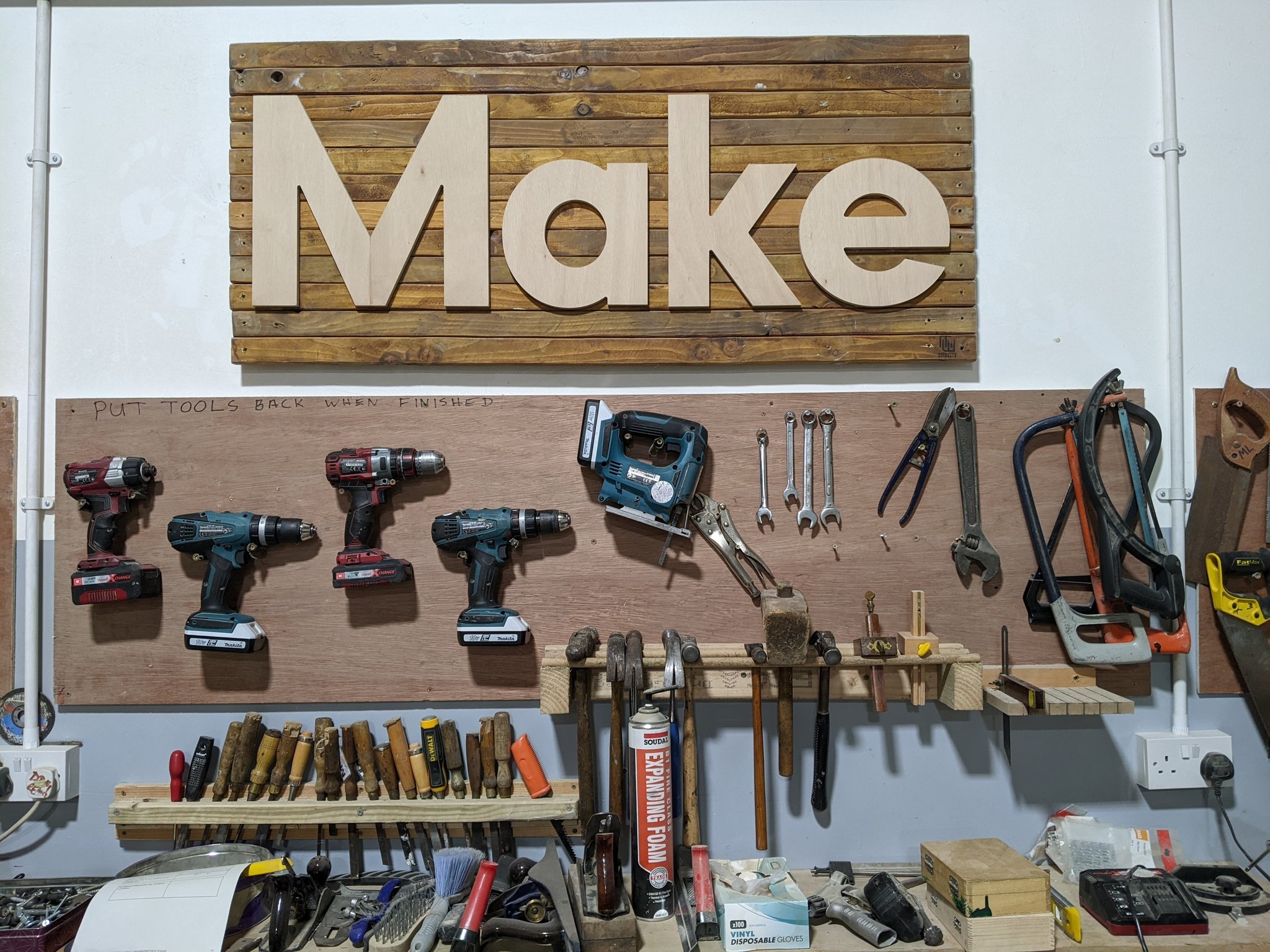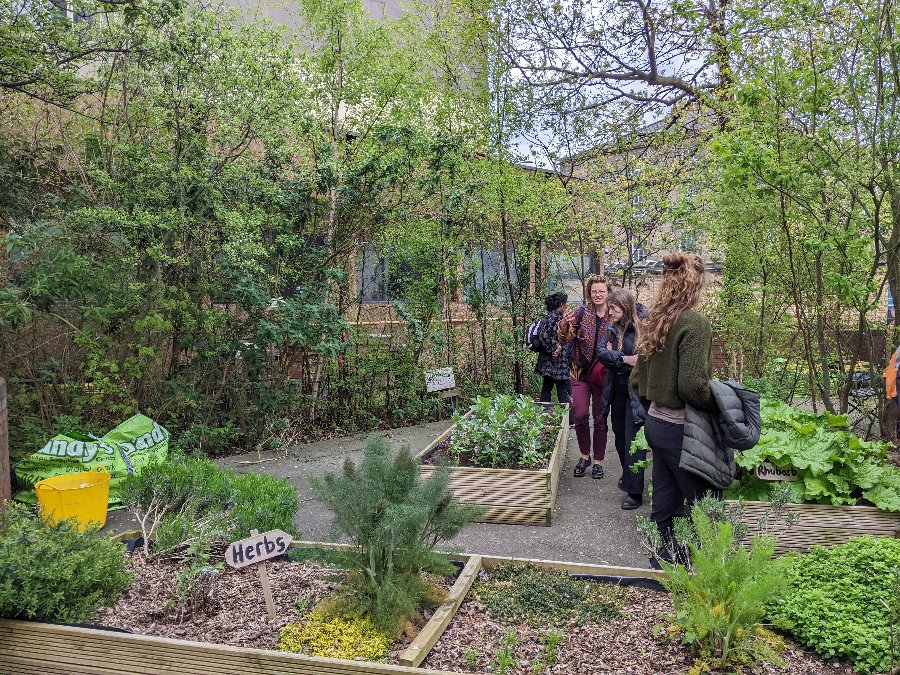“The Unblocker”: The council's role in unlocking town centre property
Part 1 of our new blog series: ‘Community-powered property: 3 Learnings from Liverpool and the Wirral’
To enable more community businesses to access town centre property, the council needs to be an unblocker: a partner that trusts its local business leaders and helps them secure space. Here’s an example from the Wirral that shows us how…
There’s magic in Birkenhead’s buildings; you can feel it it in the walls.
Visiting Birkenhead’s community-led spaces means witnessing the extraordinary ways local people and businesses are making buildings thrive. The first two buildings on our itinerary alone were filled with levels of vibrancy, creativity and social impact that entire high streets can struggle to achieve.
We saw professional art and music studios, heard of young people finding purpose, networks and employment through free-to-access music programmes, and learned about Future Yard’s plans for a new amphitheatre-style performance venue in their backyard to rival the Royal Liverpool Philharmonic.
We sampled herbs and honey at Make CIC’s community food-growing space, which supports hundreds of people monthly—from mental health care groups to herbalists-in-training—and which acts as a physical gateway to a buzzing indoor coworking space for talented local makers, creators and arts entrepreneurs.
What do all these thriving venues have in common?
They’re powered by community-led organisations that have affordable, secure, long-term access to the buildings they inhabit. And, critically, these organisations are supported and trusted by their local authority.
A stones’s throw from the Grade I listed Hamilton Square, Make Hamilton is vibrant makerspace and urban growing space…
…where local creatives and entrepreneurs work, play and learn together.
At 75 Argyle Street, Birkenhead’s rich music history has a new lease of life at Future Yard…
…This building is re-imagining the role of a live gig venue, home to learning and education programmes, alongside music and arts events.
Before they can fill town centre buildings with their amazing ideas, community leaders often face blockers to securing affordable spaces, whether access to funding or a lack of relationships with asset owners.
Councils have a big role to play here, as an enabler — or ‘unblocker’.
Take Wirral Borough Council. Despite a struggle with resources familiar to local authorities around the UK, their work in Birkenhead is a real example of best practice for enabling community-led property revival in town centres.
There are two clear steps that other councils can follow:
1. Enabling community partners to secure assets
Wirral Borough Council recognises the value of community and creative organisations. They build ongoing, trusting relationships with these organisations, and proactively help them access space, drawing on their networks of local asset owners and investors.
Kate Pierce, Economic Development Lead at Wirral Borough Council told us:
“We see that community businesses are agents for change and are well placed to deliver catalyst regeneration projects. We listened to what they needed: that was secure access to space, and a longer-term foothold in the places they are helping to regenerate.”
In their successful £25 million Towns Fund bid to the government, Wirral Borough Council baked in the opportunity for funds and plans to secure assets for community businesses, particularly in the creative industries sector.
Make CIC is one of them. Founders Kirsten Little and Liam Kelly, both from the Wirral, had already created a thriving makerspace in Liverpool’s Make North Docks. Thanks to being a delivery partner for the Towns Fund bid—and testing their idea on a ‘meanwhile’ basis in a vacant council building—they were able to buy and operate a building close to the beautiful Grade I listed Hamilton Square. That’s enabled Make CIC to apply their community-driven model to meet the needs of Birkenhead’s local creatives.
The bid also enabled Future Yard CIC to create an additional 6,800 sq. ft of music skills and project spaces in their existing building. The council knew that by breaking down space-related barriers, they could enable this non-profit community music venue to generate more social, cultural and economic impact in Birkenhead. As Kate put is:
“Future Yard is at the heart of the Birkenhead community and has exciting plans for community-led regeneration. Our role here is key: enabling inspiring grassroots organisations like these to do what they do best.”
2. Changing hearts and minds within the council
When we spoke to Kate, the council officers in our group had questions: "How did you persuade the legal, finance and property teams to take this approach? Often they're a blocker, even if the regeneration team gets it..."
Kate was honest:
"It takes whole council buy-in to deliver change and it sometimes takes longer to get everyone on the same page. The moment when things shifted was when we showed our support services around Make CIC. They all suddenly got it!
But it isn't always easy — I talk to my contacts in legal, finance and audit teams most days — we all want to enable change but with risk involved some conversations take longer than others."
The culture and self-positioning of a council is vital. Rather than being a top-down deliverer, every department needs to recognise the transformational power of being a springboard and unblocker for other local organisations, who tend to have much deeper mutual relationships with people in their neighbourhoods.
“It was overwhelming how many people from the creative sector came to talk about their ideas for Birkenhead, how they could be part of a movement for change in the area. That was a lightbulb moment for us all… That’s when we started having serious conversations about proposals.”
Kate is also proud of the open channels of communications, and the accessibility of the Council’s Regeneration and Place team to discuss proposals. This openness is a key feature of the model that we like to call a Local Property Partnership; where all stakeholders can get around the dinner table and share their ideas, fears, motivations, challenges about their town centre buildings.
Remove the blockers: unlock the buildings
The Wirral shows us that councils need to trust community businesses and socially-trading organisations to do amazing things with buildings, and give them practical support to do.
In the face of the vacancy and cost-of-living crises, these organisations are often best placed to truly understand the needs of local people and fill buildings with ideas that generate footfall, vibrancy and social impact for the long term.
This piece is inspired by a Platform Places visit to Liverpool and the Wirral in April 2023. See what we got up to in our Twitter photo diary.
Read next:
Part 2: Patient, Local, Relational Funds: Reviving town centres by supporting community business
Part 3: Sustainable high streets need solutions, not sacrifices





